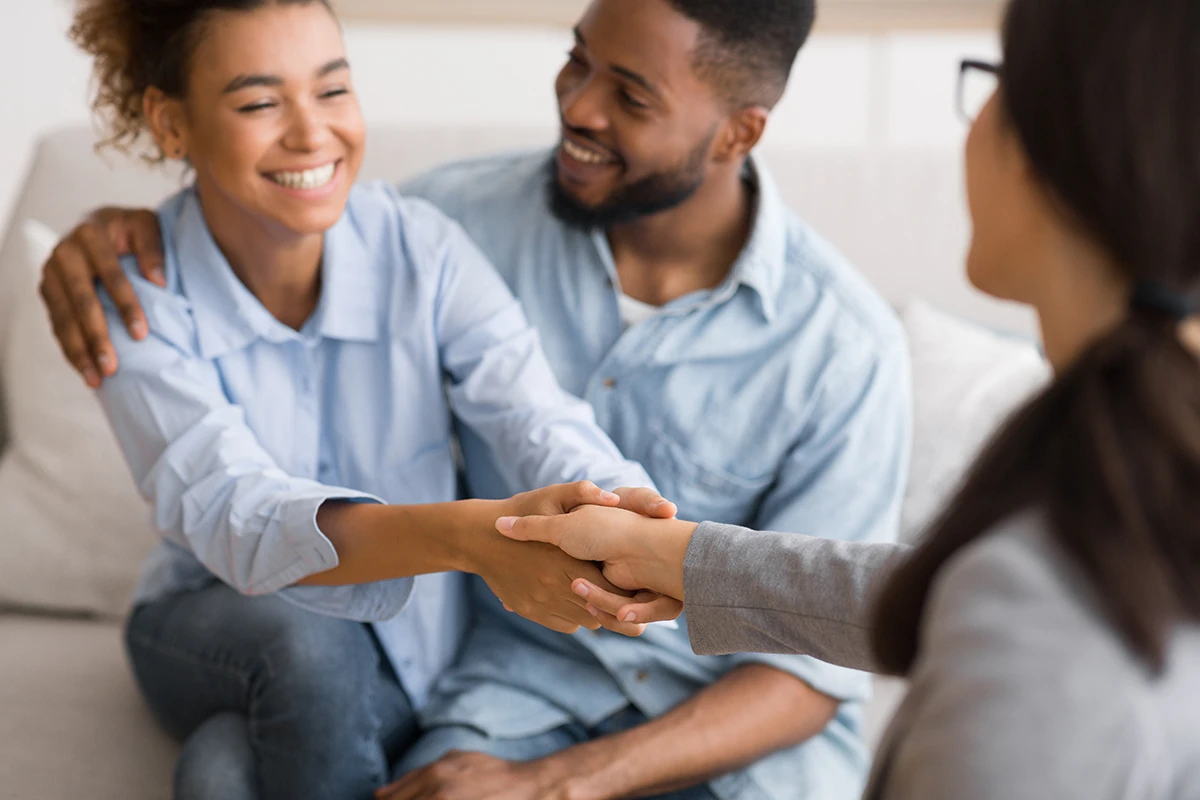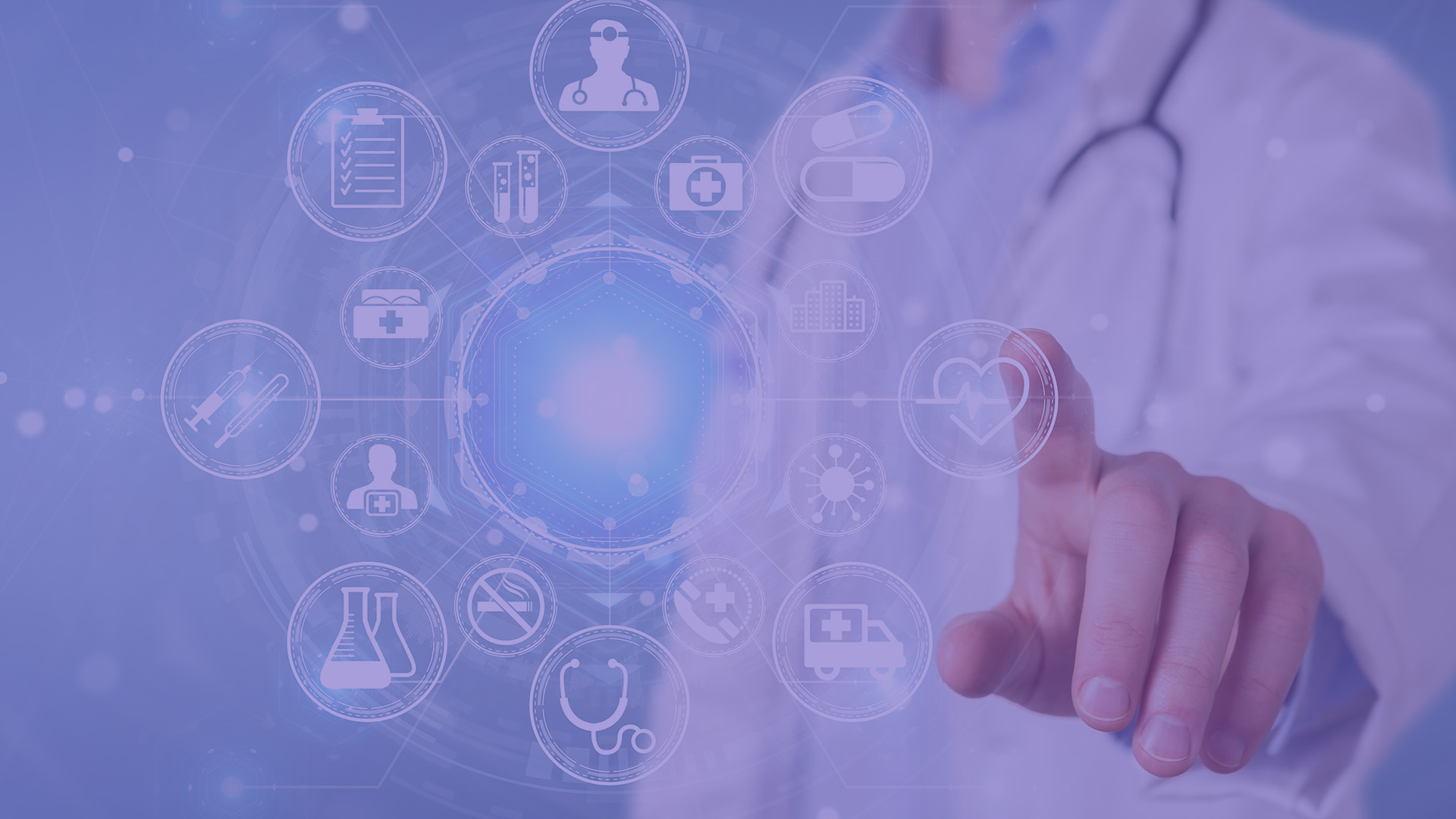Types of Attack
Affected patients typically present in the context of an acute onset of paroxysmal, episodic neurological symptoms ranging from oculomotor abnormalities, hypotonia, paralysis, dystonia, ataxia, seizure-like episodes, or encephalopathy. Neurodevelopmental delays or persistence of dystonia, chorea, or ataxia after resolution of an initial episode are common, providing important clues for diagnosis.
A European study of 157 patients found all patients experienced hemiplegic attacks; 86.5% reported episodes of bilateral weakness, 88% dystonic attacks, 53% epileptic seizures. With so many attacks occurring, delineating the evolution of non-epileptic and epileptic paroxysmal events in AHC is difficult.
Paralysis on one side of the body can present differently with each attack, or in each patient.
Epilepsy in patients with AHC was characterized by multiple seizure types and localizations, drug resistance, and high frequency and high recurrence rate of refractory status epilepticus (SE). Regression after SE is not uncommon. Studies have reported a 15% to 77% range of occurrence of epilepsy in AHC. Of note, a higher incidence of epilepsy and SE in the patients with E815K is observed.
We think that ATP1A3 mutations may disrupt the balance of excitation and inhibition in the brain, which could contribute to epilepsy in other ATP1A3-related conditions.
Dystonic movements describe those where the muscles contract involuntarily. This can cause repetitive or twisting movements. The condition can affect one part of your body (focal dystonia), two or more adjacent parts (segmental dystonia), or all parts of your body (general dystonia).
Disease course and progression in AHC is now a matter of debate. A non‐progressive course has been described in the past, whereas in a more recent case series, seven patients, aged 12 years and below, were reported to have experienced abrupt and irreversible regression along with significant acquired cortical and cerebellar atrophy. Slow and mild progression of non‐paroxysmal disability were recently observed in a multicentric cohort of 94 children and young adults.
Japanese researchers concluded in 2017 that progressive frontal dominant cerebral, diffuse cerebellar cortical, and severe hippocampal atrophy were observed in 50% of patients with irreversible severe motor and intellectual deterioration. All of these patients exhibited status epilepticus and required transient respiratory care. The areas of atrophy were consistent with the areas of increased expression of the Na+/K+-ATPase α3 subunit encoded by ATP1A3.
Studies now suggest that individuals with AHC may experience either abrupt or slowly progressive worsening of their neurological function and for most adults the hemiplegic episodes may no longer be the main clinical issue.
Triggers
Onset of AHC symptoms are usually triggered by physiological or psychological stressors. The triggers may include:
- psychological stress / excitement;
- environmental stressors (e.g., bright light, excessive heat or cold, excessive sound, crowds);
- water exposure (e.g., bathing, swimming);
- certain foods or odors (e.g., chocolate, food dyes);
- missed meals;
- excessive or atypically strenuous exercise;
- illness;
- irregular sleep (missing a nap, delayed bedtime).




